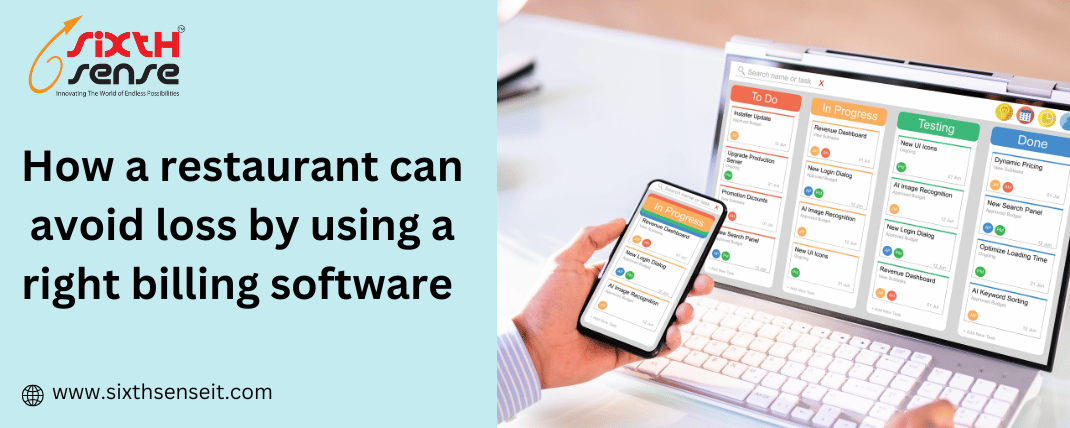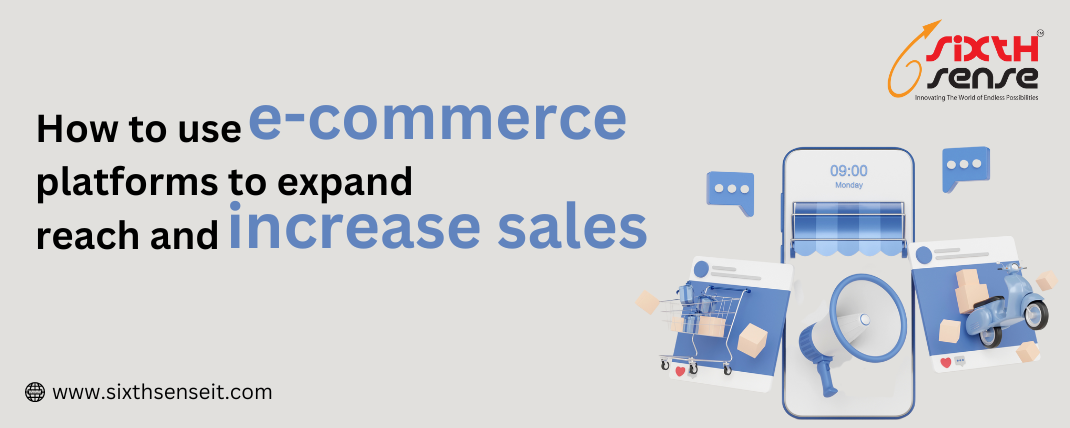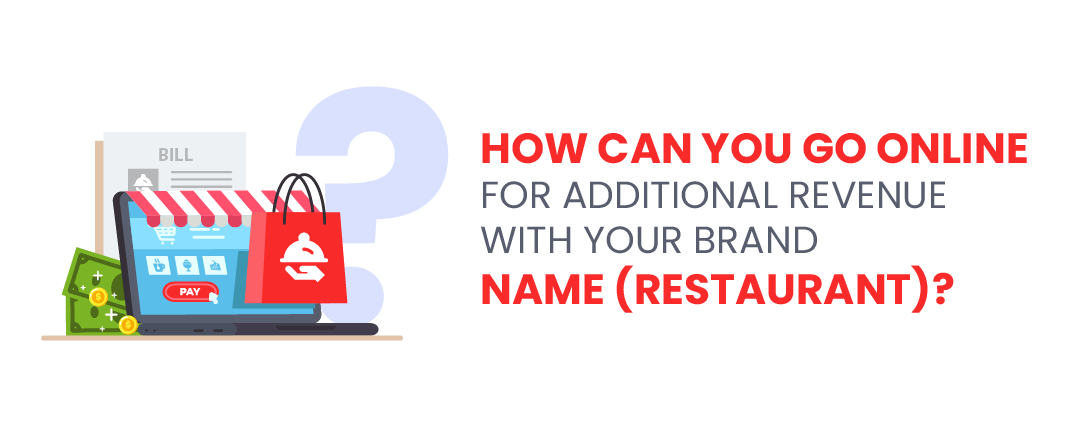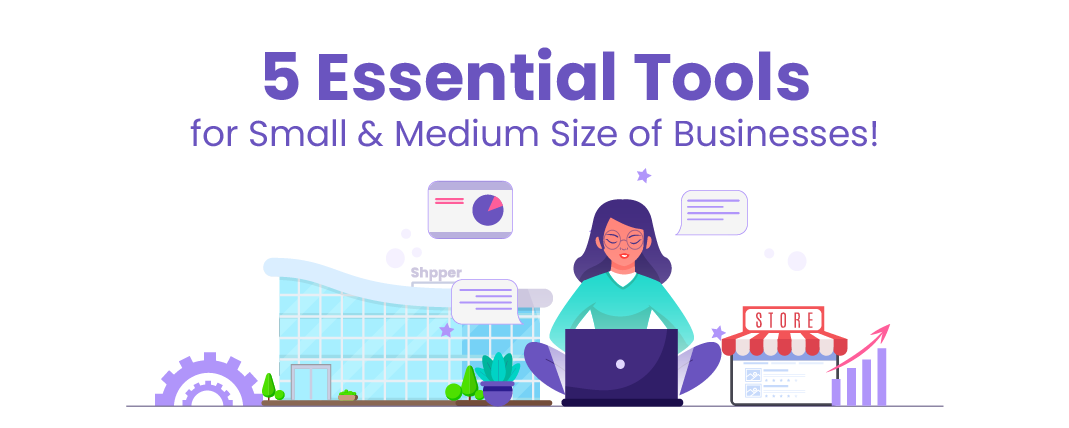
The Importance of User Experience (UX) in Website Development


In today's digital age, a well-designed website is a crucial component of any successful online presence. However, it's not just about having a website; it's about ensuring that your website provides an exceptional user experience (UX). In this comprehensive guide, we'll delve into the significance of UX in website development, explore its core principles, and provide practical insights to help you create a website that delights users and achieves your goals.
User Experience, often abbreviated as UX, refers to the overall experience a person has when interacting with a product, service, or, in our case, a website. It encompasses everything from how a website looks and feels to how easy it is to navigate and find information. A positive UX leaves users satisfied and encourages them to return.
UX is a multifaceted concept that includes various elements:
Now that we've defined UX let's explore why it's so crucial in the world of website development.
A positive UX leads to happier users. When visitors find what they're looking for quickly and easily, they're more likely to have a favorable impression of your brand and return for future visits.
Engagement is vital for the success of your website. A well-designed UX can increase user engagement, encouraging visitors to explore your content, make purchases, or take other desired actions.
Websites with excellent UX often have higher conversion rates. Whether your goal is to gather leads, sell products, or promote a cause, a seamless and enjoyable UX can help you achieve your objectives.
In a crowded online landscape, a website that offers superior UX can set you apart from the competition. Users are more likely to choose and stay loyal to websites that make their lives easier.
A website with a strong UX reflects positively on your brand. It communicates that you care about your users and are committed to providing a high-quality experience.
To create a website with exceptional UX, it's essential to adhere to certain core principles.
Start by understanding your target audience. Conduct user research to gain insights into their needs, preferences, and pain points. Use this information to inform your design decisions.
Ensure that your website's navigation is straightforward and intuitive. Users should be able to find what they're looking for without frustration. Use clear labels and logical menu structures.
Consistency in design elements, such as colors, fonts, and layouts, creates a cohesive and familiar user experience. It helps users understand how to interact with your site.
With the increasing use of smartphones, a mobile-responsive design is a must. Your website should adapt seamlessly to different screen sizes, ensuring a consistent UX across devices.
Slow-loading websites frustrate users. Optimize your website's performance to reduce loading times. Compress images, leverage browser caching, and minimize unnecessary scripts.
Accessibility
Make your website accessible to everyone. This includes providing alternatives for multimedia content, using descriptive alt text for images, and ensuring keyboard navigation is possible.
Now, let's explore some practical tips to implement the principles of UX in your website development process.
Start by understanding your target audience. Conduct surveys, interviews, or usability testing to gain insights into their needs and preferences.
Develop user personas to represent different segments of your audience. This helps in designing for specific user needs and scenarios.
Prioritize Content
Ensure that your content is organized logically, and prioritize essential information. Use headings, subheadings, and bullet points to make content scannable.
Regularly monitor your website's loading speed and take steps to optimize it. Compress images, enable browser caching, and minimize HTTP requests.
Test your website on various devices and browsers to ensure compatibility and a consistent experience. Consider using responsive design principles.
Use A/B testing to experiment with different design elements and layouts. This helps you identify what resonates best with your audience.
Nielsen Norman Group (NN/g)
Interaction Design Foundation
Coursera's "Interaction Design Specialization"
As technology continues to advance, the field of UX is evolving. Here are some trends that may shape the future of UX in website development:
With the rise of voice-activated devices, designing for VUIs will become increasingly important. Websites may need to adapt to voice commands and provide voice-based navigation.
AI-driven personalization can provide users with tailored experiences based on their behavior and preferences. This can enhance user engagement and satisfaction.
AR and VR technologies have the potential to transform the way users interact with websites. They can create immersive and unique experiences.
Ethical considerations in design, such as privacy and data protection, will continue to gain prominence. Building trust with users through ethical design practices will be crucial.
User Experience (UX) is the heart and soul of successful website development. Prioritizing UX ensures that your website not only looks good but also functions seamlessly and delights users. By understanding the core principles of UX, implementing practical tips, and staying abreast of emerging trends, you can create websites that leave a lasting positive impression on your audience. So, remember, when it comes to website development, a great user experience is not just important; it's essential for success.



















































































































